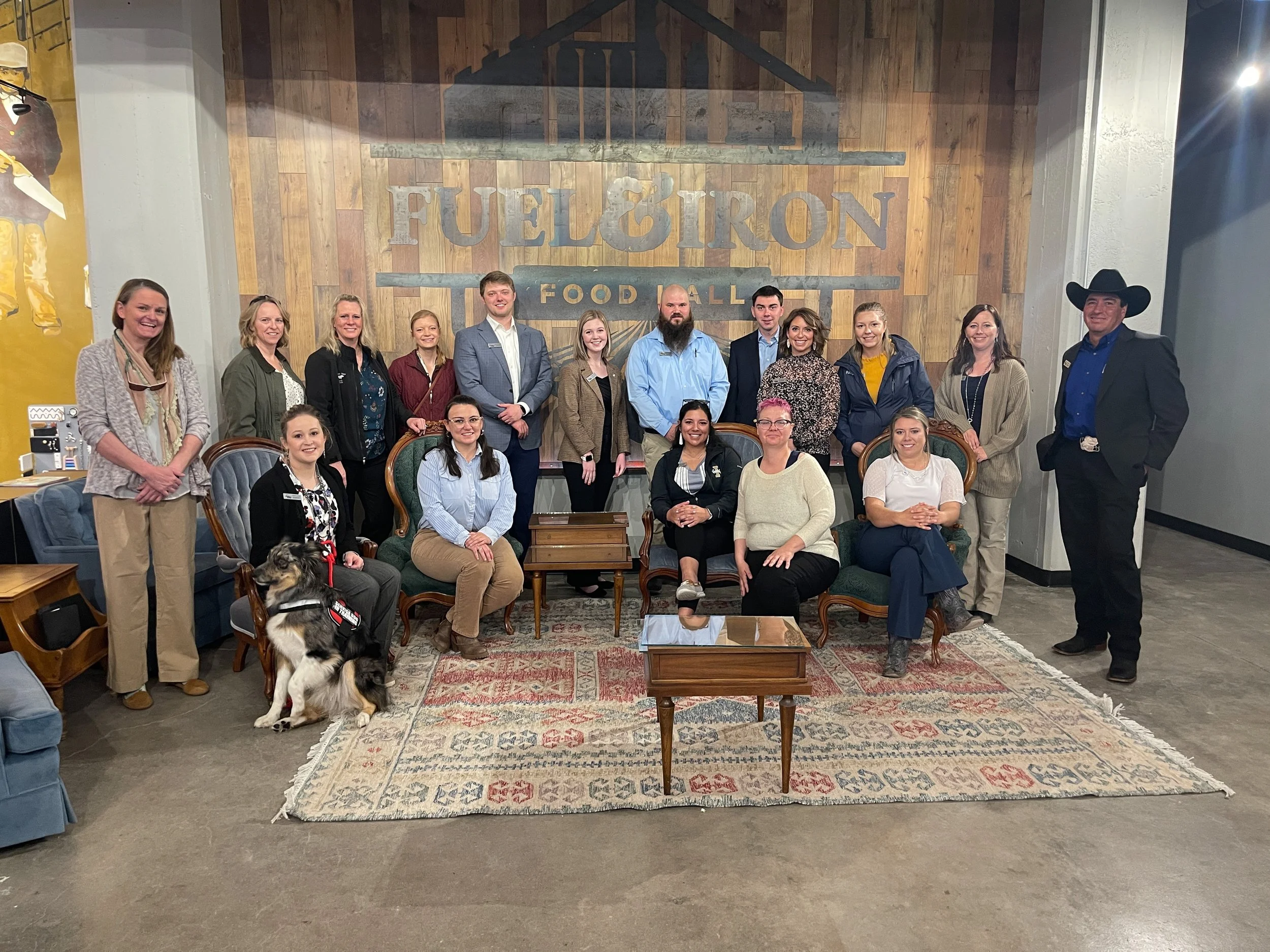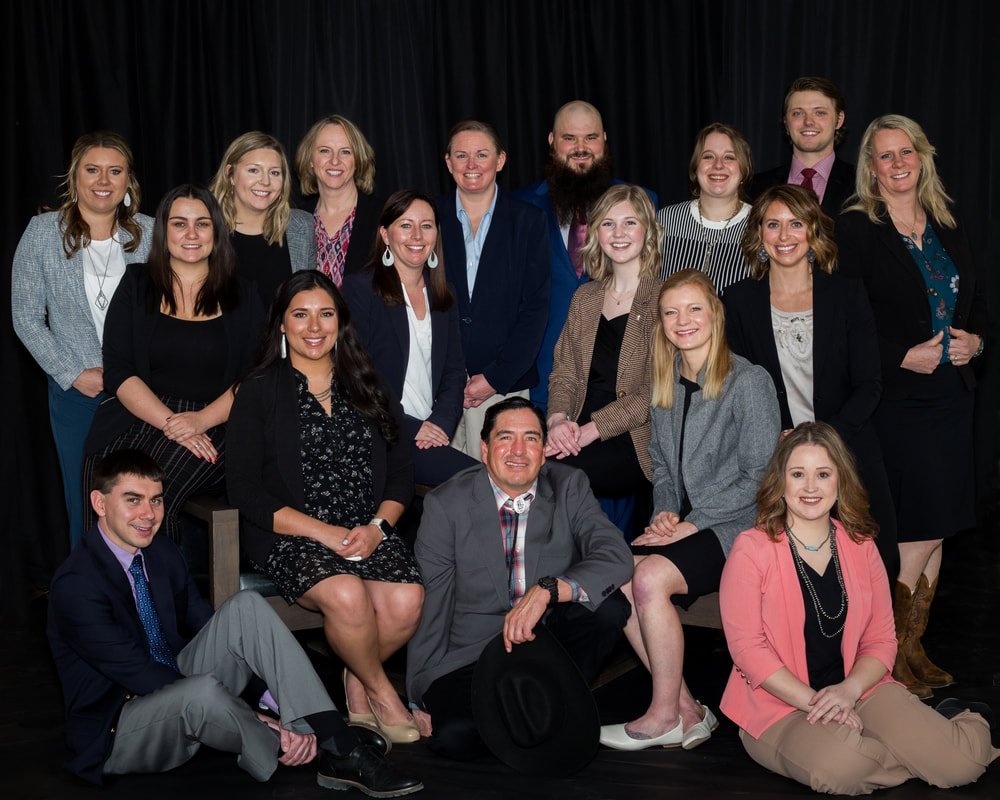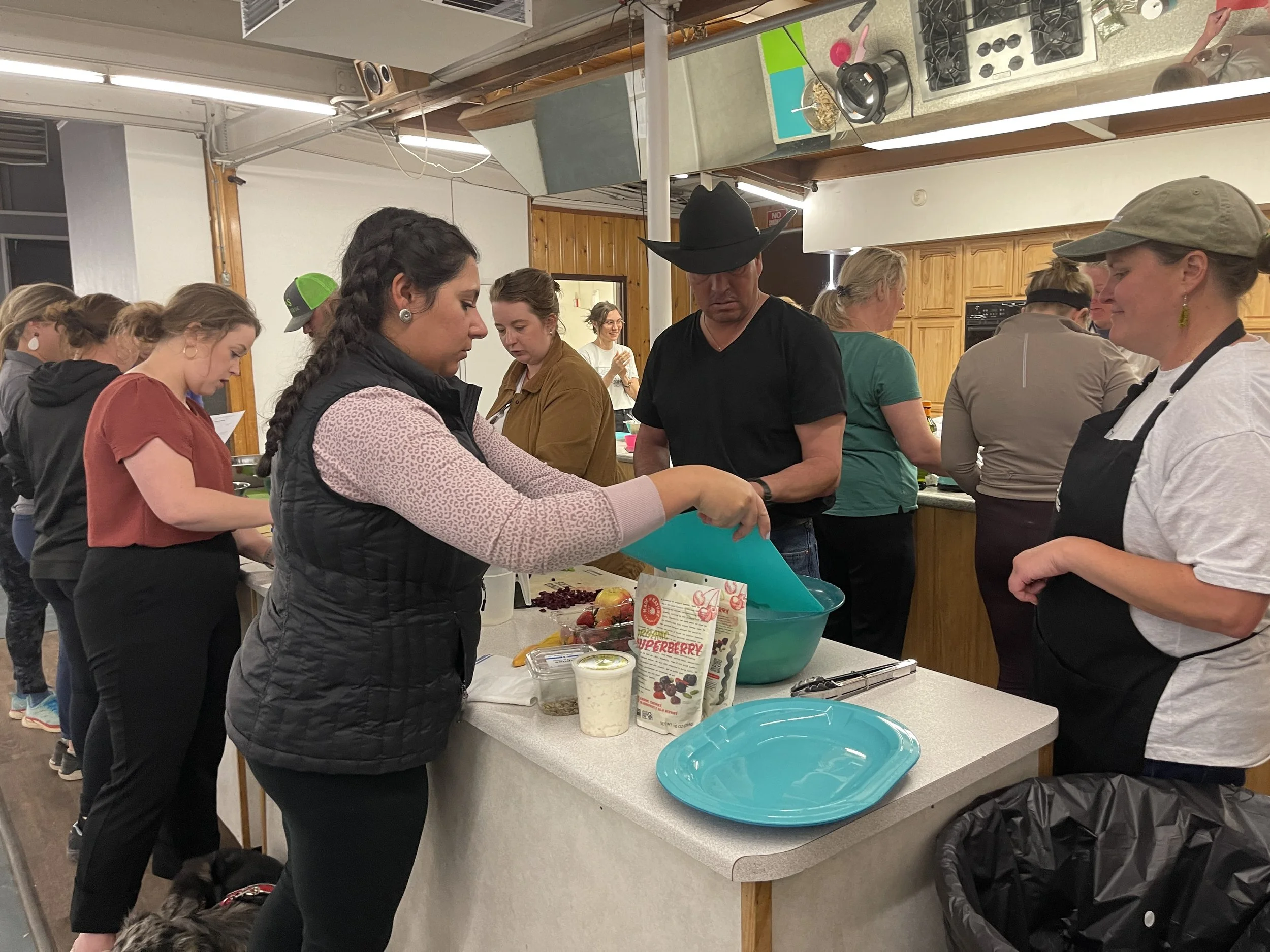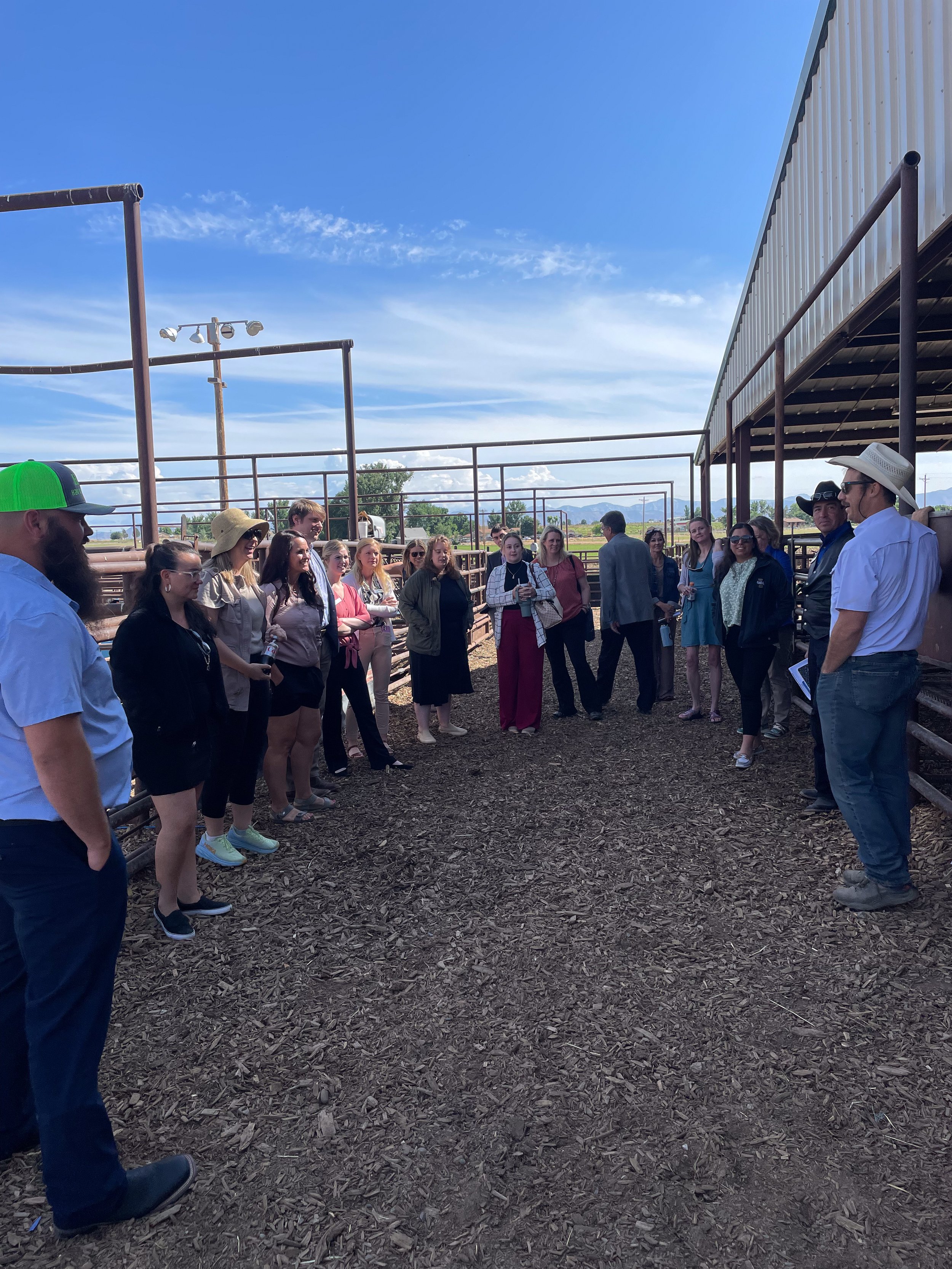
CALP is a competitive two-year leadership program that develops and enhances the leadership capabilities of diverse men and women committed to the future of Colorado's agricultural and rural communities. With a mission to develop leaders that will become a strong, unified voice for agricultural issues; CALP answers the call to create and nurture leadership skills of agricultural individuals through a hands-on, interactive program dedicated to producing graduates with the vision and commitment to lead change and ensure the sustainability of Colorado's agricultural economies and rural communities.
Click below to Learn more about the Program:
MEET THE STAFF







Colorado Facts
*
Colorado Facts *
-
• Agriculture contributes over $7 billion dollars to the Colorado state economy annually.
• There are more than 105,000 jobs in Colorado related to agribusiness.
Capital: Denver
Population: 4,301,261
Founded: August 1, 1876 (38th)
State Bird: Lark bunting
State Tree: Blue Spruce
State Flower: Rocky Mountain Columbine
Number of Counties: 64
Largest City: Denver - 554,636
Nickname: The Centennial State
Number of Farms: 36,500
Average Farm Size: 853 acres
Total Farmland: 31.6 million acres
-
Climate & Soil
• Colorado’s climate is generally dry and sunny. It is a semi-arid state averaging 15” of precipitation.
• Colorado has dry winters, wetter springs and summer, highly changeable weather, often windy and the occasional monstrous thunderstorms with damaging hail.
• Because of the difference in altitude found in the state there is a large range of temperatures.
• The soils in the eastern plains regions and the valley of the western mountains are the most fertile in the nation.
• Colorado’s State soil is “Seitz soil” that consists of very deep, well drained, slowly permeable soils that were formed from igneous, sedimentary and volcanic rocks. Seitz soils are found on mountains, mainly in southwestern and central Colorado.
Crops & Livestock
• Colorado ranks first nationally in production of proso millet. This annual grass is grown as a grain crop and is used for bird and livestock feed.
• Colorado’s production of sunflowers ranks fourth in the nation.
• The San Luis Valley is the largest and highest alpine valley in the world capable of producing crops. Elevation in the valley ranges from 7,400 to 8,000 feet.
• Colorado produces more than 100 million pounds of pinto beans each year.
• Colorado’s leading vegetable crops are potatoes, cabbage, and onions.
• Peaches, apples, and cantaloupe are Colorado’s largest fruit crops.
• Cattle and Calves is Colorado’s number one agricultural commodity with 2.6 million head of cattle in the state.
• Colorado’s sheep, lamb and wool production rank fourth in the nation.
• Colorado’s 130,000 dairy cows produced more than 2.5 billion pounds of milk. Moo…
• Over 4 million layers in Colorado producing more than 1 billion eggs each year.
• There are over 40 aquaculture producers (or fish farmers) in this state.
• There are 36,000 bee colonies in Colorado producing 2.7 million pounds of honey every year.
Crops & Livestock
• Colorado ranks first nationally in production of proso millet. This annual grass is grown as a grain crop and is used for bird and livestock feed.
• Colorado’s production of sunflowers ranks fourth in the nation.
• The San Luis Valley is the largest and highest alpine valley in the world capable of producing crops. Elevation in the valley ranges from 7,400 to 8,000 feet.
• Colorado produces more than 100 million pounds of pinto beans each year.
• Colorado’s leading vegetable crops are potatoes, cabbage, and onions.
• Peaches, apples, and cantaloupe are Colorado’s largest fruit crops.
• Cattle and Calves is Colorado’s number one agricultural commodity with 2.6 million head of cattle in the state.
• Colorado’s sheep, lamb and wool production rank fourth in the nation.
• Colorado’s 130,000 dairy cows produced more than 2.5 billion pounds of milk. Moo…
• Over 4 million layers in Colorado producing more than 1 billion eggs each year.
• There are over 40 aquaculture producers (or fish farmers) in this state.
• There are 36,000 bee colonies in Colorado producing 2.7 million pounds of honey every year.
General
• Agriculture contributes over $7 billion dollars to the Colorado state economy annually.
• There are more than 105,000 jobs in Colorado related to agribusiness.
-
Colorado is one of the 3 states that the state lines are defined by latitude and longitude along with Utah and Wyoming
It is the nation’s highest state
The Colorado River provides water and hyroelectric power to 35 million people in Mexico and the US
The state was named after the Colorado River meaning colored red.
The Eisenhower Tunnel is one of the highest tunnels for vehicles in the world
Denver, the capital city is known as the Mile high city
70% of the state’s population lives on the eastern edge of the Rocky Mountains
Pueblo holds the largest green chilies festival in the country
The Denver International Airport is the largest airport in the US
An area known as the Four Corners includes Colorado, Utah, Arizona and New Mexico. A person can stand in all 4 states at the same time









